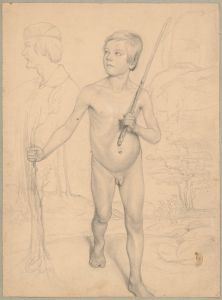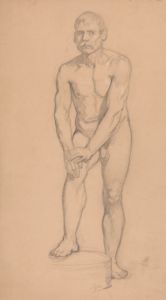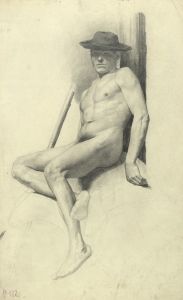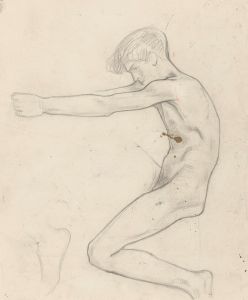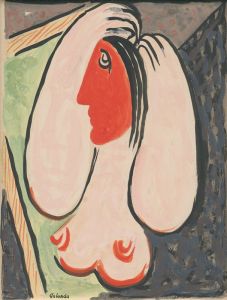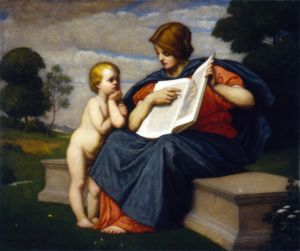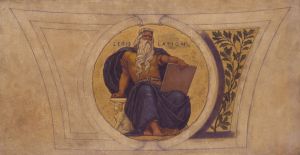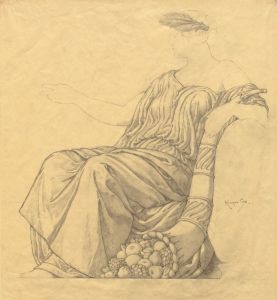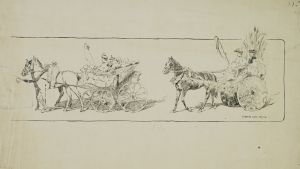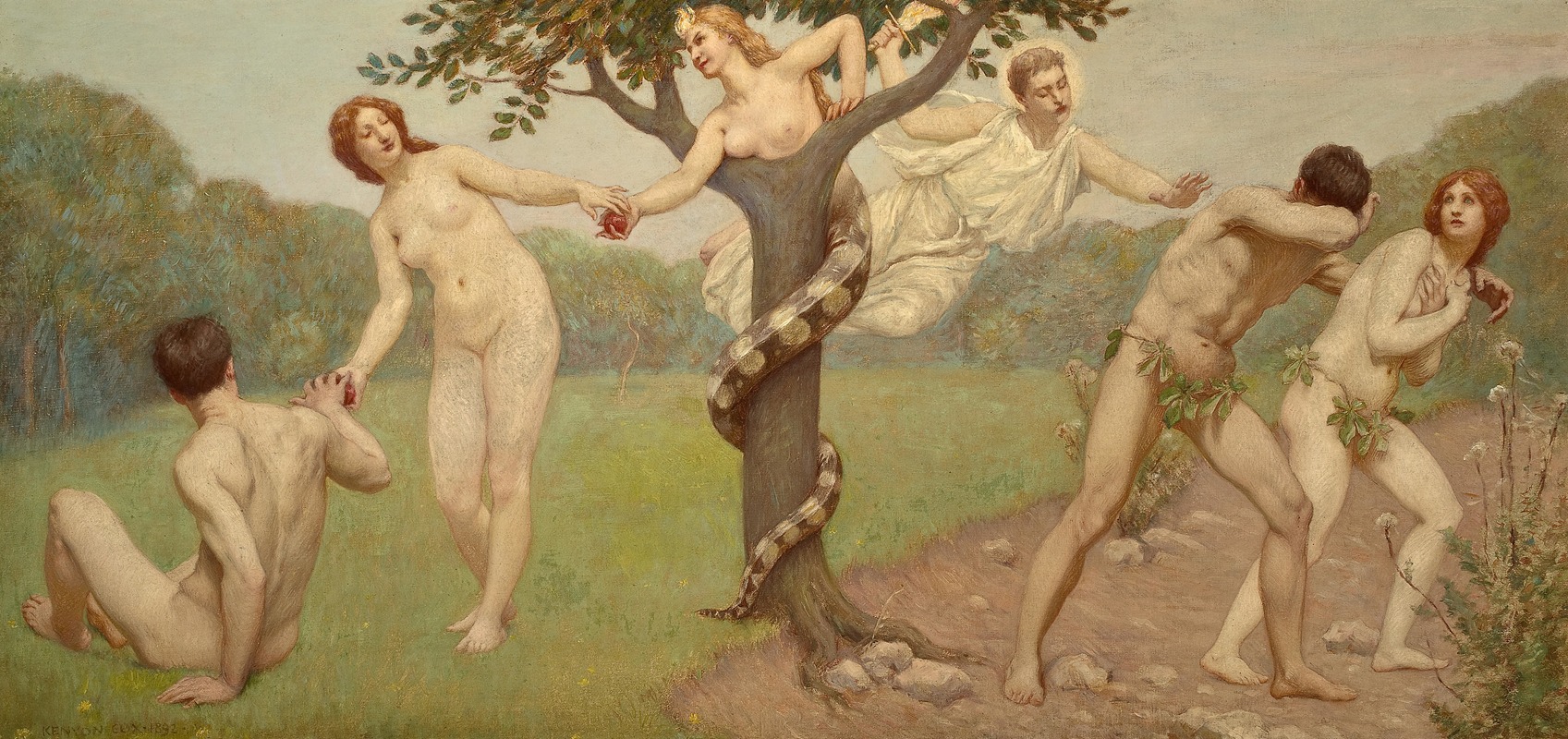
The Fall
A hand-painted replica of Kenyon Cox’s masterpiece The Fall, meticulously crafted by professional artists to capture the true essence of the original. Each piece is created with museum-quality canvas and rare mineral pigments, carefully painted by experienced artists with delicate brushstrokes and rich, layered colors to perfectly recreate the texture of the original artwork. Unlike machine-printed reproductions, this hand-painted version brings the painting to life, infused with the artist’s emotions and skill in every stroke. Whether for personal collection or home decoration, it instantly elevates the artistic atmosphere of any space.
Kenyon Cox was an American painter, illustrator, muralist, and writer, active in the late 19th and early 20th centuries. He was known for his academic style and his contributions to the American Renaissance movement, which sought to bring classical art and architecture to the forefront of American culture. One of his notable works is "The Fall," a painting that reflects his classical training and thematic interests.
"The Fall" by Kenyon Cox is a painting that exemplifies his dedication to classical themes and techniques. Cox was deeply influenced by his studies in Europe, particularly at the École des Beaux-Arts in Paris, where he was exposed to the works of the Old Masters and the principles of academic art. This influence is evident in "The Fall," which showcases his skill in composition, anatomy, and the use of light and shadow.
The painting depicts a scene that is likely inspired by classical mythology or biblical narratives, common sources of inspiration for Cox. His works often explored themes of morality, human nature, and the divine, rendered through allegorical figures and classical symbolism. "The Fall" fits within this framework, although specific details about the painting's subject matter and interpretation are not extensively documented.
Cox's approach to painting was meticulous and rooted in the traditions of the past. He believed in the importance of drawing as the foundation of all visual art, a principle he adhered to throughout his career. This belief is reflected in the precise and careful rendering of figures in "The Fall," demonstrating his commitment to anatomical accuracy and idealized beauty.
In addition to his work as a painter, Kenyon Cox was a prolific writer and critic. He wrote extensively on art theory and criticism, advocating for the values of the academic tradition and the importance of classical education for artists. His writings provide insight into his artistic philosophy and the cultural context in which he worked.
Cox's contributions to American art extend beyond his paintings. He was also a prominent muralist, creating large-scale works for public buildings, including state capitols and courthouses. His murals often depicted allegorical and historical themes, aligning with the American Renaissance movement's goals of elevating public art and architecture.
While "The Fall" may not be as widely recognized as some of his other works, it remains an example of Kenyon Cox's dedication to classical ideals and his skill as an artist. His legacy is preserved through his paintings, murals, and writings, which continue to be studied and appreciated for their artistic and historical significance.
Overall, Kenyon Cox's "The Fall" is a testament to his mastery of classical techniques and his commitment to the themes that defined his career. His work remains an important part of the American art historical canon, reflecting the values and aspirations of his time.





